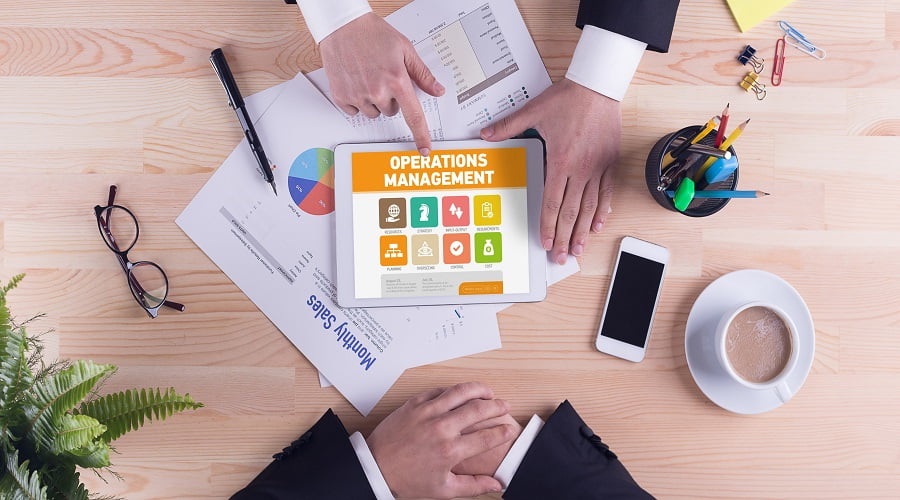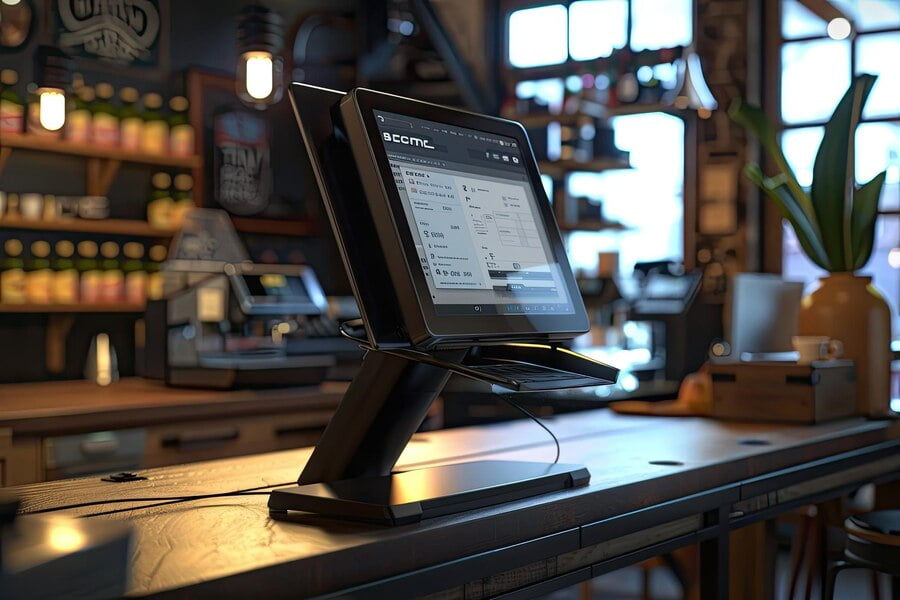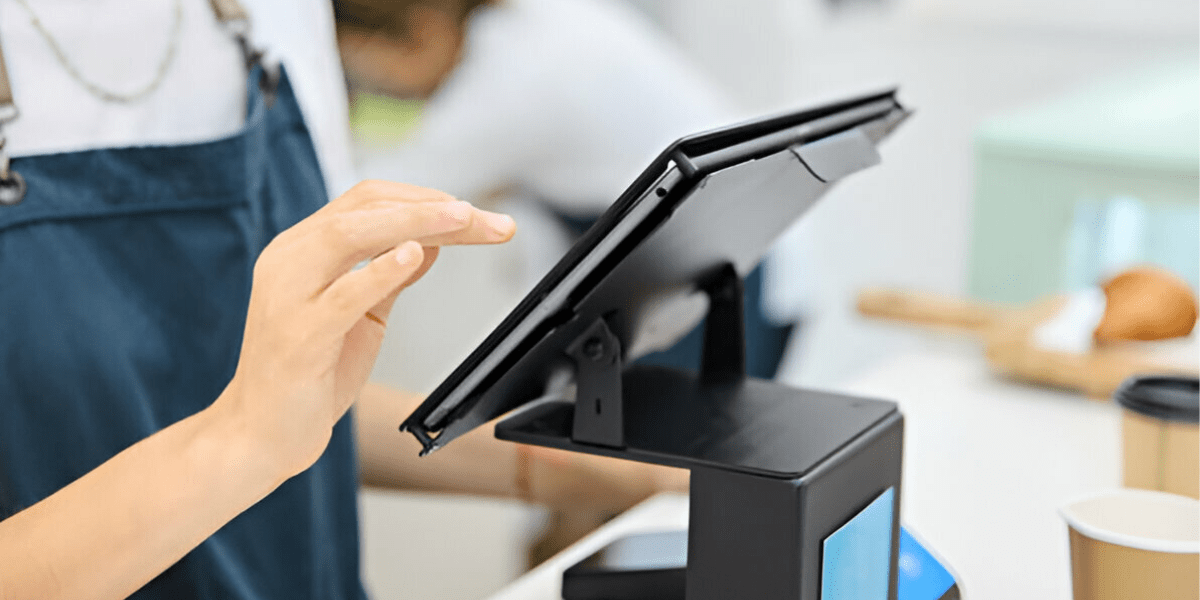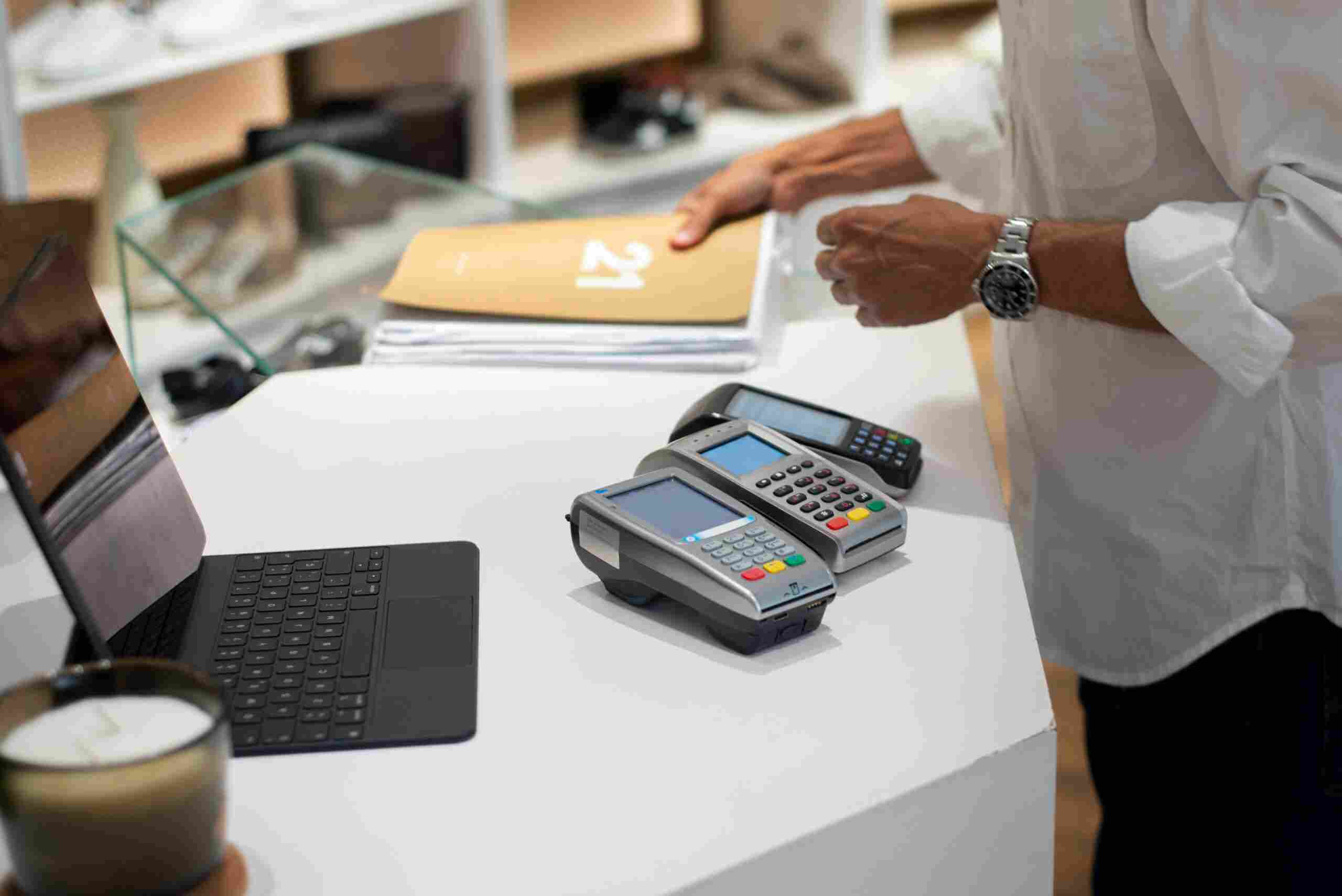Using a POS System to Monitor and Control Cash Flow

Managing cash flow is one of the most critical aspects of running a successful business. Cash flow management involves tracking the movement of money in and out of your business, ensuring you have enough liquidity to cover expenses, invest in growth, and keep operations running smoothly. For many businesses, especially retail stores, restaurants, and service providers, implementing a Point of Sale (POS) system can be a game-changer when it comes to effectively monitoring and controlling cash flow.
What is a POS System?
A POS system is a combination of hardware and software used by businesses to manage sales transactions. At its most basic, it processes payments, but modern POS systems go far beyond that. They help track inventory, manage customer relationships, analyze sales data, and provide valuable insights into your business’s financial health. By integrating your sales, inventory, and financial data, a POS system can give you a clearer picture of your cash flow.
The Role of a POS System in Cash Flow Management
1. Real-Time Tracking of Sales and Revenue
A POS system allows you to monitor your sales in real-time. Every transaction is recorded automatically, and you can see exactly how much money is coming into the business at any given time. This helps you keep a pulse on your revenue without having to manually enter data into a spreadsheet or rely on delayed reports. With real-time data, you can quickly identify sales trends, track daily cash flow, and adjust strategies on the fly.
For example, if you notice a sudden dip in sales during a specific time of day, you can adjust promotions or pricing to boost revenue during that period. Real-time insights help you make timely decisions, ultimately improving your cash inflows.
2. Improved Inventory Management
Cash flow isn’t just about revenue—it’s also about managing expenses. One of the biggest expenses for many businesses is inventory. A POS system can help you optimize your inventory levels by tracking which products are selling quickly and which are gathering dust on the shelves. This prevents you from overordering stock that doesn’t move and tying up cash in unsold inventory.
By analyzing sales patterns, a POS system can also help you forecast future demand. With better forecasting, you can order just the right amount of inventory, reducing waste and keeping more cash available for other operational needs.
3. Automated Financial Reporting
One of the most tedious tasks for business owners is generating financial reports. A modern POS system can automate this process, providing you with detailed cash flow reports at the click of a button. These reports give you a clear understanding of your income, expenses, and profit margins.
The ability to generate custom reports allows you to drill down into specific areas of your business. You can see how much cash is being generated by individual products or services, track payment methods, and even monitor refunds and discounts. With this information, you can make more informed financial decisions and better manage your cash flow.
Also read: 5 Tips for Transitioning from a Traditional to a Digital POS System
4. Tracking Cash and Non-Cash Transactions
In today’s world, customers use a variety of payment methods, including cash, credit cards, digital wallets, and even cryptocurrency. Managing these various payment types can be a challenge, but a POS system simplifies the process by consolidating all transactions in one place.
You can easily track cash and non-cash transactions, which is essential for understanding your cash flow. Knowing the split between cash and digital payments helps with forecasting, ensuring you have enough cash on hand for daily operations. It also helps prevent discrepancies or theft by keeping an accurate record of cash-in-hand at the end of each day.
5. Expense Management and Budgeting
In addition to tracking revenue, a POS system can help you monitor expenses. Some POS systems allow you to integrate with your accounting software, giving you a comprehensive view of your financial health. This includes tracking operational costs such as payroll, rent, utilities, and vendor payments.
Having all this data in one place allows you to create more accurate budgets. You can compare your expenses to your revenue, ensuring that you’re staying within your means and not overspending. With a solid budget in place, you’ll have better control over your cash flow and be able to plan for future growth.
Reducing Cash Flow Discrepancies
Discrepancies between your actual cash flow and what’s recorded in the system can be a major issue for businesses. POS systems help reduce these discrepancies by keeping a detailed and accurate record of all transactions. Whether it’s a sale, refund, or discount, every movement of money is tracked and logged. This makes it easier to reconcile your cash flow at the end of the day, preventing losses from theft, mismanagement, or simple human error.
Conclusion
A well-implemented POS system is a powerful tool for any business looking to monitor and control cash flow effectively. It provides real-time sales data, improves inventory management, automates financial reporting, and helps track both cash and non-cash transactions. By giving you greater visibility into your business’s financial health, a POS system enables you to make informed decisions, reduce discrepancies, and maintain a healthy cash flow. For businesses of all sizes, investing in a robust POS system is not just a way to process payments—it’s a strategic tool for financial management and growth.
Visit our site at www.dibtech.com.au
Visit our YouTube channel for tutorials Dibtech






